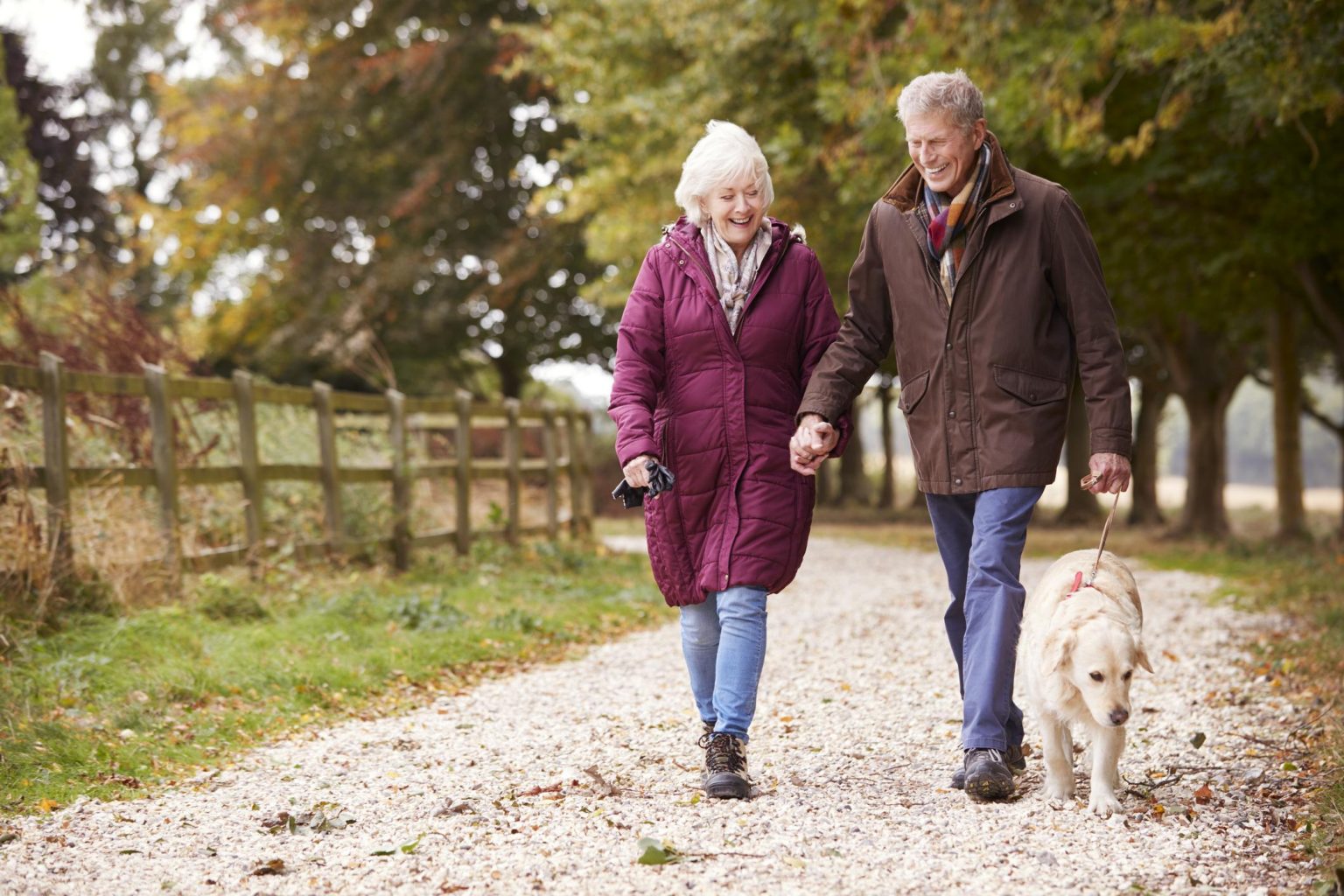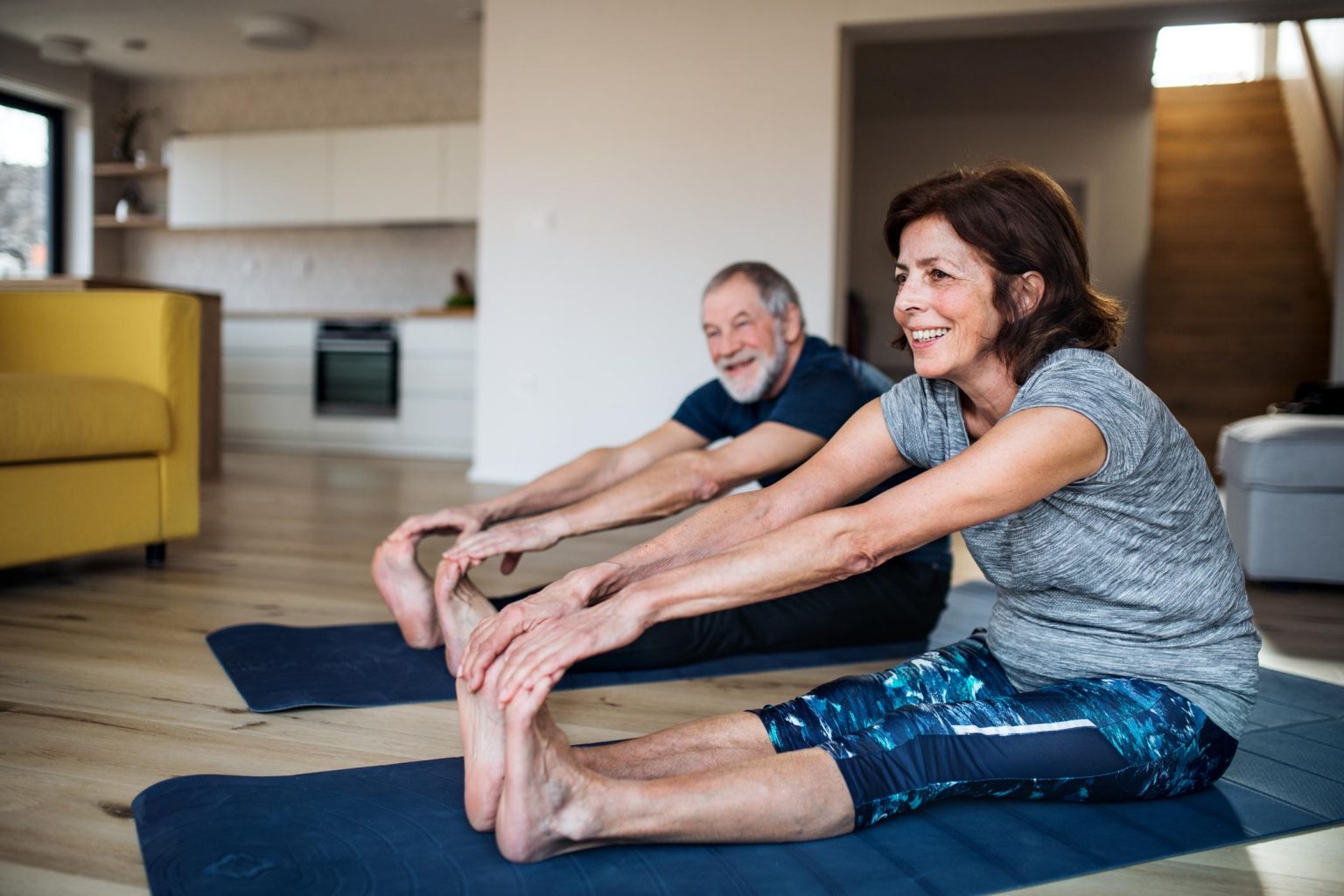If you think that you’re alone in suffering from leg pain, itchy skin, swollen feet, and other varicose vein symptoms, think again. Varicose veins are all too common among adults with about 30% of Americans experiencing the condition. While exercising is a good start to treating varicose veins and reducing painful symptoms, be aware that there are some exercises you should do and some you should avoid altogether.
Here is a list of helpful exercises as well as those that can make your recovery difficult.
Helpful Exercises
Taking Walks
Taking short walks is one of the most advisable exercises for dealing with varicose veins. Since it is simple, it does not stress the veins, but rather, it enhances blood flow. As you walk, muscles help to push blood through the veins, which decreases the amount of pressure.
You can choose to stroll around your perimeter, and if you have access to a gym, using a treadmill can be equally helpful. Moreover, taking five-minute walks every hour can be quite beneficial in alleviating this condition.

Bicycling
Cycling is an effective way of strengthening the calf muscles and improving the flow of blood. Make a habit of riding every day for better results. If you cannot access a bike, you can just lie on a mat and peddle in the air. Do this within intervals of two minutes and take a 15 seconds rest before resuming. Like any other exercise, remember to stay hydrated.
Stretching
Stretches are essential in increasing blood flow in the veins as well as strengthening muscles that support the veins. For instance, side bends help to build strength and enhance stability, which reduces the possibility of falls. Quadriceps stretches can aid in building strength as well.
Regardless of the type of stretches, they are proven to alleviate varicose veins and spider veins by again improving that blood circulation.
Harmful Exercises
The benefit of exercises notwithstanding, some forms of exercise can contribute to making your condition worse. Take a look at some exercises you should avoid engaging in.
Avoid Weightlifting
Lifting heavy weights prevents blood from flowing from your legs to your heart due to straining and pressure. Too much strain tends to cause dilation and damage to the valves, which can further stress your veins.
If you want to lift weights, make sure that they are not heavy. More importantly, always ensure that your legs are at the same level or higher than your heart. You should also avoid holding your breath while exercising to reduce pressure.

Avoid Running and Jogging
Jogging or running are strenuous activities that you should avoid if you have varicose veins. Engaging in these exercises can aggravate the swelling of the veins, leading to more damages.
If you want to jog, ensure that you do it on a soft surface to avoid a lot of pressure. You can also use compression stockings, which help to keep stress at the minimum.
Avoid Squats and Lunges
Other exercises that add pressure to your veins, such as squats and lunges, should be avoided. By engaging in these forms of exercises, your legs are forced to handle the weight of your upper body, which in turn stresses the veins. This can inhibit the healing process for venous insufficiency and varicose veins.
Alleviate Varicose Vein Pain
Inasmuch as exercise is advisable in getting rid of varicose veins, you ought to know which exercises to engage in and those to avoid. With this knowledge, you are sure to see the improvement of symptoms in a shorter period.
Heart of Dixie Vein and Vascular Center specializes in treating vein and vascular diseases to help you live a healthier and fuller life. Contact us at our Southern Utah and Mesquite, NV locations to learn all about our services and varicose vein treatment options.





